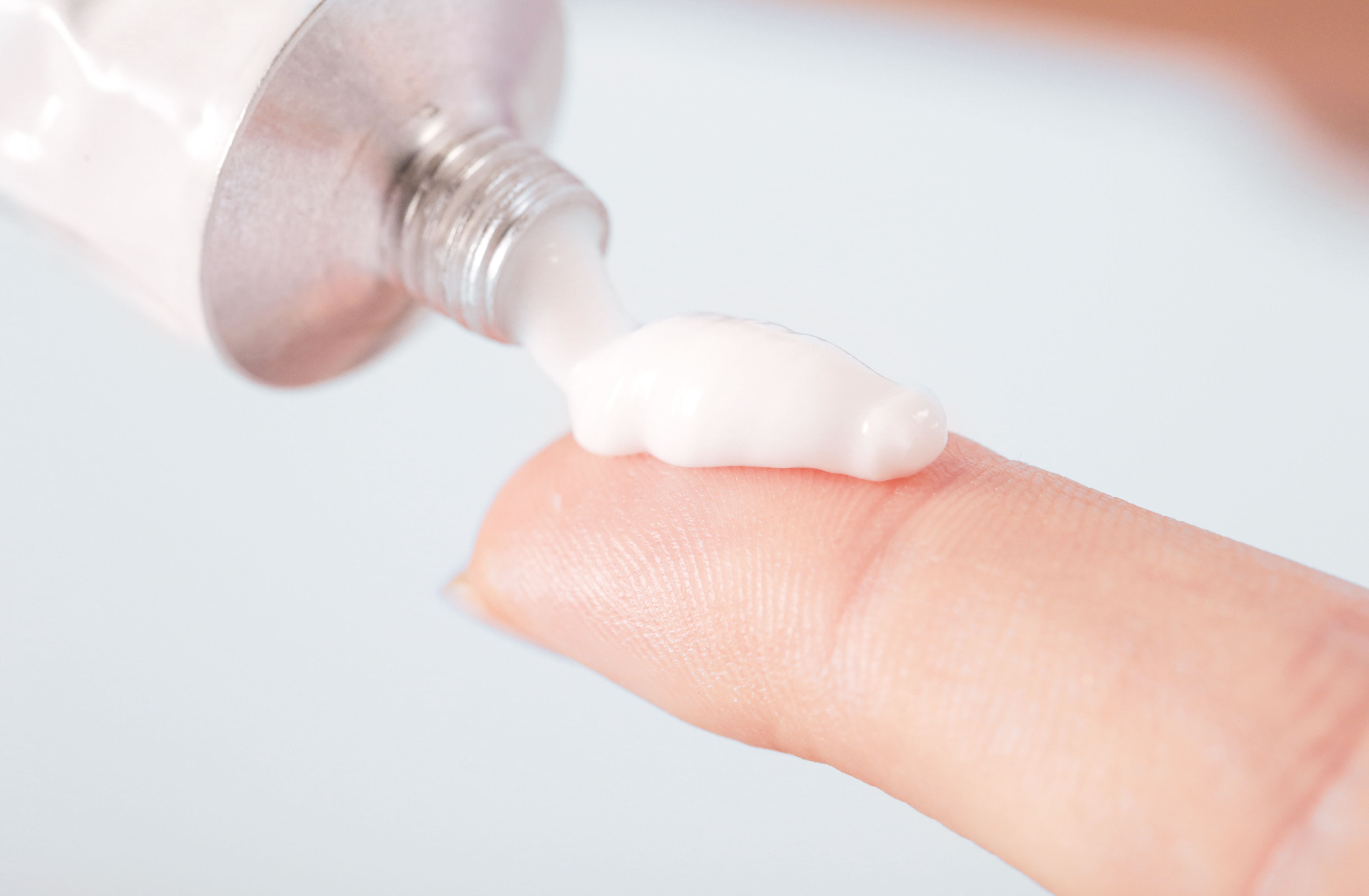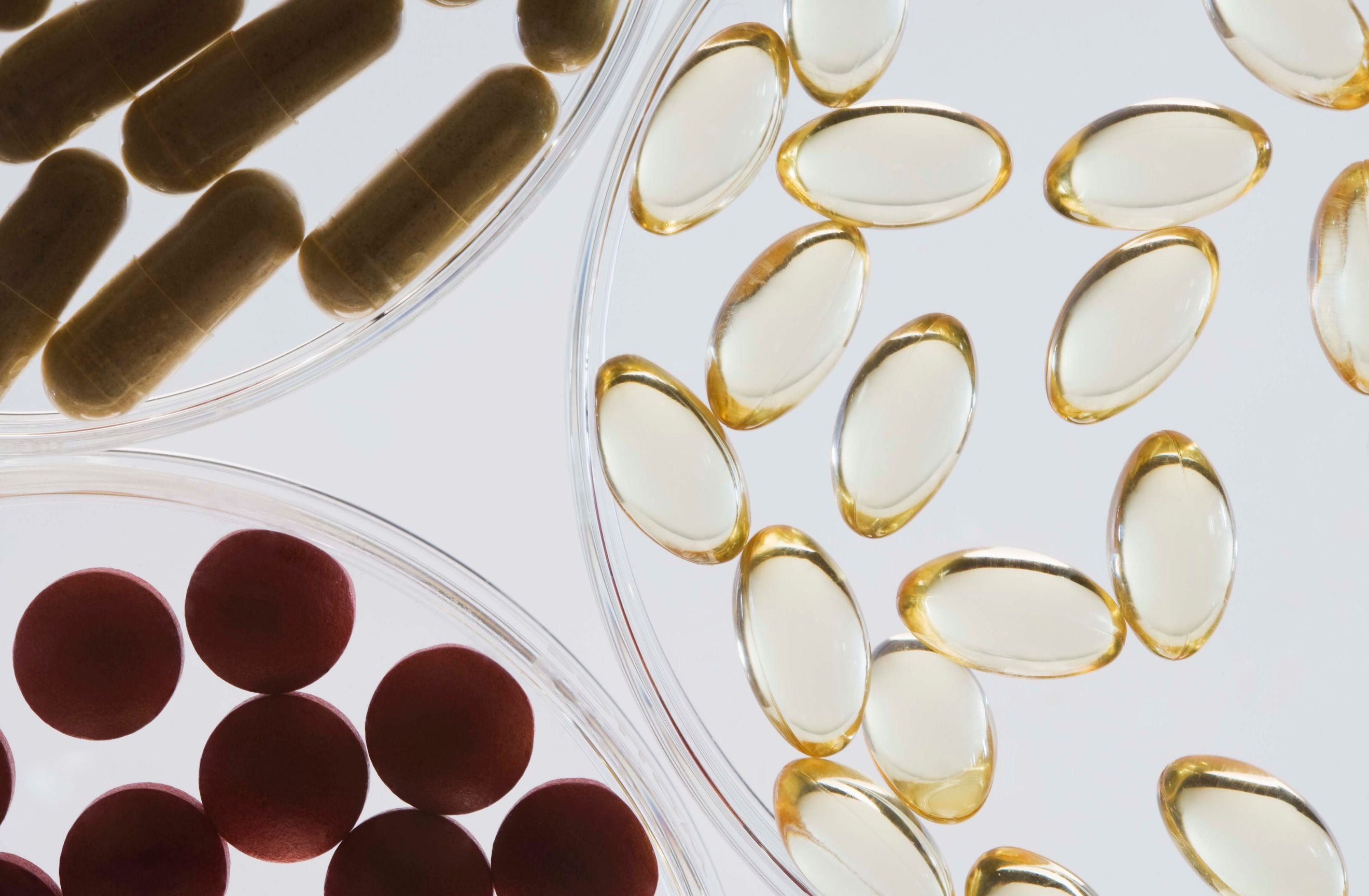
THE ROLE OF CBD CREAMS IN MANAGING PAIN: WHAT DOES THE RESEARCH SAY?
Chronic pain is a widespread issue, affecting approximately 20% of adults globally, with 10% newly diagnosed each year. Leading causes include osteoarthritis, rheumatoid arthritis, cancer, spinal issues, and pain resulting from surgery or injury [2]. As a result, many individuals seek natural remedies like CBD creams to help alleviate their symptoms.
In this article, we examine the scientific evidence behind CBD creams, focusing on their effectiveness in managing muscular pain and inflammatory conditions such as tendinitis and arthritis.
HOW DO CBD CREAMS WORK?
CBD (cannabidiol) is a compound derived from the cannabis plant that is commonly used in topical formulations like creams, oils, and gels. When applied to the skin, CBD interacts with the body’s endocannabinoid system, which regulates pain and inflammation. Research suggests that CBD can help reduce pain through several mechanisms: it reduces the sensitivity of pain receptors, modulates the activity of nerve cells involved in pain transmission, and blocks pain signals from reaching the brain. Additionally, CBD activates natural pathways that inhibit pain, making it a promising option for managing pain locally [5].

CBD FOR ARTHRITIS PAIN
While high-quality evidence remains limited, current research strongly suggests that CBD could offer relief for arthritis. A review of 118 studies found that cannabinoids, including CBD, were effective in 72% of cases involving musculoskeletal pain. The Arthritis Foundation also surveyed over 2,600 patients with arthritis and found that more than half used CBD topically, with many reporting significant relief from pain and inflammation [2,5].
One clinical trial investigating the effectiveness of topical CBD found that 1 mL of CBD cream (6.2 mg/mL) combined with shea butter reduced pain and improved function in osteoarthritis patients. Similarly, a study using a transdermal CBD gel (4% concentration) applied three times a day for four weeks also showed notable improvements in both pain levels and mobility [2]. Transdermal gels are designed to penetrate deeper into the skin, reaching the underlying layers, where they can have a broader effect. Because CBD is more easily absorbed by fats than by water, it can be challenging to get it to penetrate deeply into the skin. However, special ingredients, such as a form of vitamin E (as used in the referenced study), can enhance absorption, improving the delivery of CBD and allowing for more widespread relief compared to topical creams [1].
These studies support the idea that topical CBD can provide local relief for arthritis-related pain.
CBD FOR TENDINITIS
Tendinitis, which involves inflammation of the tendons, can cause significant pain and discomfort. A survey in Canada found that 30% of participants who used topical cannabis products reported the greatest effectiveness for conditions such as tendinitis, muscle soreness, and joint stiffness. Although more clinical research is needed, this survey suggests that CBD creams may help alleviate tendon-related pain and inflammation [5].
CBD FOR FACIAL PAIN
Facial pain, particularly from conditions like myofascial pain syndrome (MPS), can significantly impact daily life. A randomised, double-blind trial published in 2019 found that transdermal CBD application significantly reduced masseter muscle (the jaw muscle responsible for chewing) activity and pain intensity in patients with MPS. This suggests that CBD may act as a ‘myorelaxant’, helping to relax facial muscles and reduce pain. However, other studies related to facial pain have focused on oral CBD for conditions like bruxism (teeth grinding), where it has shown effectiveness. In contrast, its impact on post-molar surgery pain remains less clear [4].

APPLICATIONS FOR ATHLETES AND PHYSICALLY ACTIVE INDIVIDUALS: MUSCLE AND INJURY RECOVERY
Exercise-induced muscle damage (EIMD) often leads to delayed onset muscle soreness (DOMS), which can impact performance. While some studies suggest CBD may alleviate soreness and improve recovery, the results are mixed. Some trials have found no significant effects, while others indicate that CBD may help reduce muscle pain and speed up recovery when used after intense exercise. Similarly, CBD may provide some relief for injury-related pain, but the evidence is inconclusive, and dosage recommendations are not well-established [6].
This highlights the need for further research into the optimal dosage, application methods, and timing of CBD use for both muscle recovery and injury-related pain.
RISKS AND CONSIDERATIONS
CBD creams are generally considered safe, with minimal side effects compared to oral pain medications like Non-Steroidal Anti-Inflammatory Drugs (NSAIDs) and opioids. NSAIDs, such as ibuprofen (Advil) and aspirin, work by inhibiting enzymes that promote inflammation, helping to reduce pain and swelling. However, they can cause unwanted effects, particularly gastrointestinal problems like stomach irritation, ulcers, and bleeding, especially with long-term use.
In contrast, CBD creams are applied topically, meaning they directly target pain at the site of application, reducing the risk of side effects. However, users should ensure they choose high-quality CBD products, as concentrations can vary between brands. While the available research supports CBD's effectiveness for conditions like arthritis and tendinitis, more clinical trials are needed to confirm these benefits and determine the best dosages for specific conditions [5].
Topical CBD should be considered as part of a broader pain management strategy, ideally under the guidance of a healthcare professional. In some cases, users may need to experiment with different products and doses to determine what works best for them.
BOTTOM LINE
Topical CBD creams show promise for managing various types of chronic pain, including arthritis and tendinitis, but the evidence is less robust for facial pain, injury-related discomfort, and muscle recovery. While research is still evolving, current findings suggest that CBD can effectively reduce pain and inflammation with minimal side effects.
If you are considering using CBD for pain relief, it is essential to choose high-quality products and consult with a healthcare professional to determine the appropriate dosage for your specific condition [7].

SUMMARY
Understanding CBD Creams for Pain Relief:
● CBD works mainly by binding to cannabinoid receptors in the skin, modulating pain signals and reducing inflammation at the site of application.
Effectiveness for Various Conditions:
● Effective for arthritis and tendinitis, with studies showing pain relief and improved mobility.
● Evidence for facial pain (e.g., myofascial pain syndrome) and muscle recovery is less conclusive.
● More research is needed for injury-related pain and post-surgical discomfort.
Risks and Considerations:
● CBD creams are generally safe with minimal side effects, offering an alternative to oral pain medications.
● Quality control is crucial as products vary in potency and formulation.
● More clinical studies are needed to confirm optimal dosages and broader effects.














Leave a comment
This site is protected by hCaptcha and the hCaptcha Privacy Policy and Terms of Service apply.